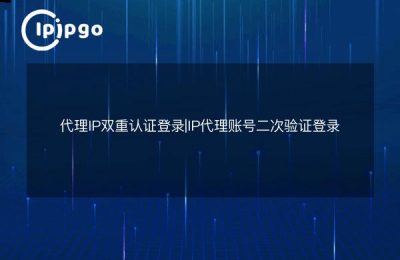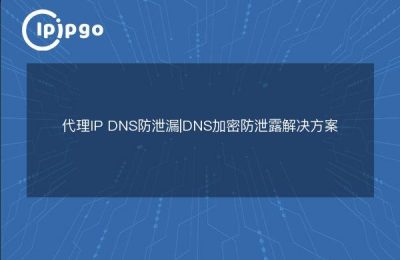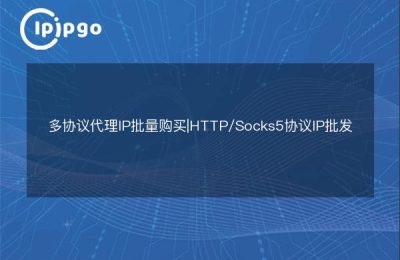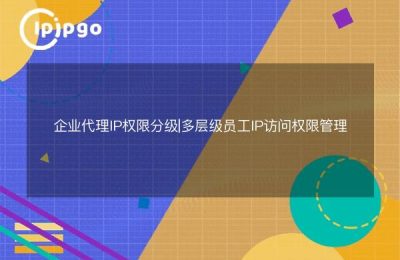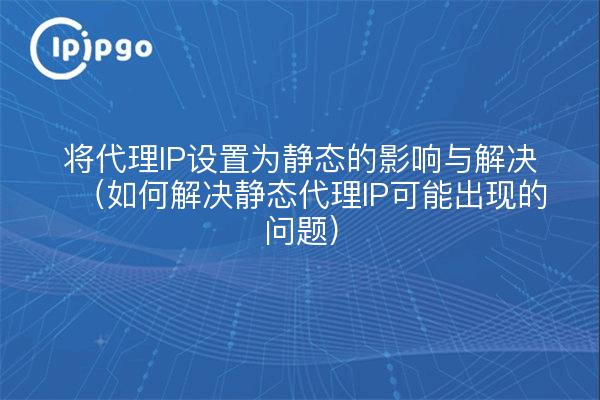
Proxy IP plays an important role in the network world, which can hide the real IP address and protect user privacy. However, when we set the proxy IP as static, we may encounter some problems. Let's take a look.
Issue 1: Lack of flexibility
One of the biggest problems with setting the proxy IP to static is the lack of flexibility. A static IP means that the same IP address will be used for every request, which can cause problems in some cases. For example, if you need to change your IP address frequently to get around certain access restrictions, a static IP will tie your hands.
Solution:
To address the lack of flexibility, you might consider using dynamic proxy IPs. dynamic proxy IPs allow you to use a different IP address for each request, thus providing greater flexibility. You can obtain dynamic proxy IPs by using a proxy IP pool or proxy IP provider and switch as needed.
Issue 2: Risk of IP blocking
Another problem is that static proxy IPs are easily blocked by the target website. When multiple users use the same static IP address for access, the target website may blacklist the IP address, resulting in no normal access.
Solution:
To minimize the risk of IP blocking, you can take the following steps:
1. Use Proxy IP Pool: By using Proxy IP Pool, you can randomly select different static IP addresses, thus reducing the risk of being blocked.
2. Regular change of IP address: Regular change of static IP address can prevent target websites from monitoring and blocking your IP for a long time.
3. Pay attention to the frequency of visits: avoid visiting the target website too frequently, so as not to attract the attention of the website and strengthen the monitoring and blocking of you.
Issue 3: Increased traceability
Another potential problem with static proxy IPs is increased traceability. Since the same IP address is used for every request, it is possible for the target website to recognize your true identity by tracking and analyzing the IP address.
Solution:
To minimize the risk of traceability, you can try the following:
1. Use multiple proxy IPs: By using several different proxy IPs, you can make it more difficult to track the target website.
2. Use highly anonymized proxy IPs: Highly anonymized proxy IPs can hide the real IP address and other associated information, reducing the risk of being traced back.
3. Mixing proxy and local IPs: In some cases, you may choose to switch between proxy IPs and local IPs to reduce the risk of being traced back.
In conclusion, setting proxy IPs to static does pose some problems, but there are steps we can take to address these issues. Whether it's using dynamic proxy IPs, being aware of the risk of IP blocking, or reducing traceability, it can help us make better use of proxy IPs and protect our privacy.

